History:
This project began more than 10 years ago when I decided to try out a GPS module along with an Atmega328, to understand how it works and to start learning about the world of GPS.
The first setup was very simple, consisting of a GPS, an Atmega328, and a small graphical display.
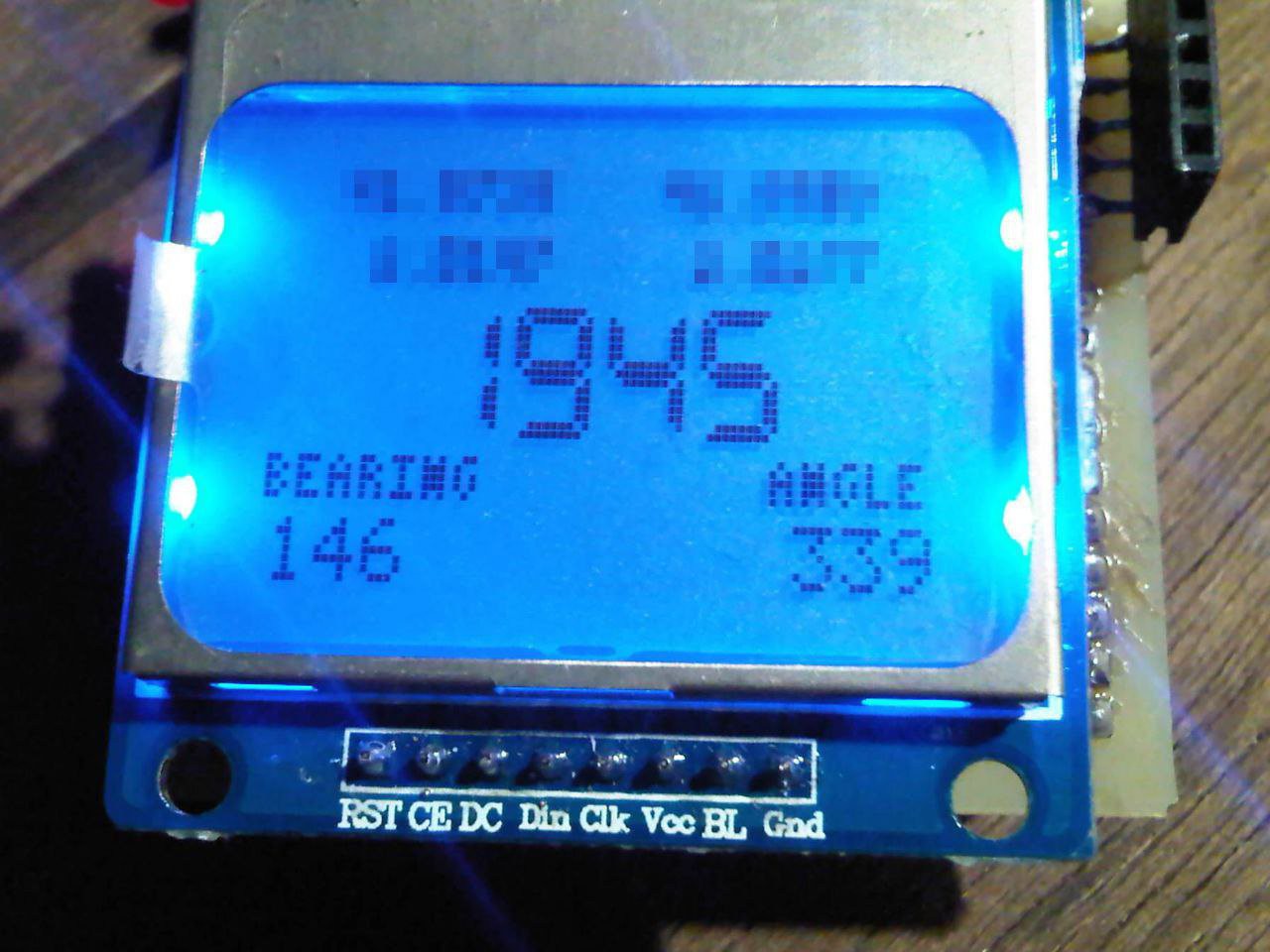 | 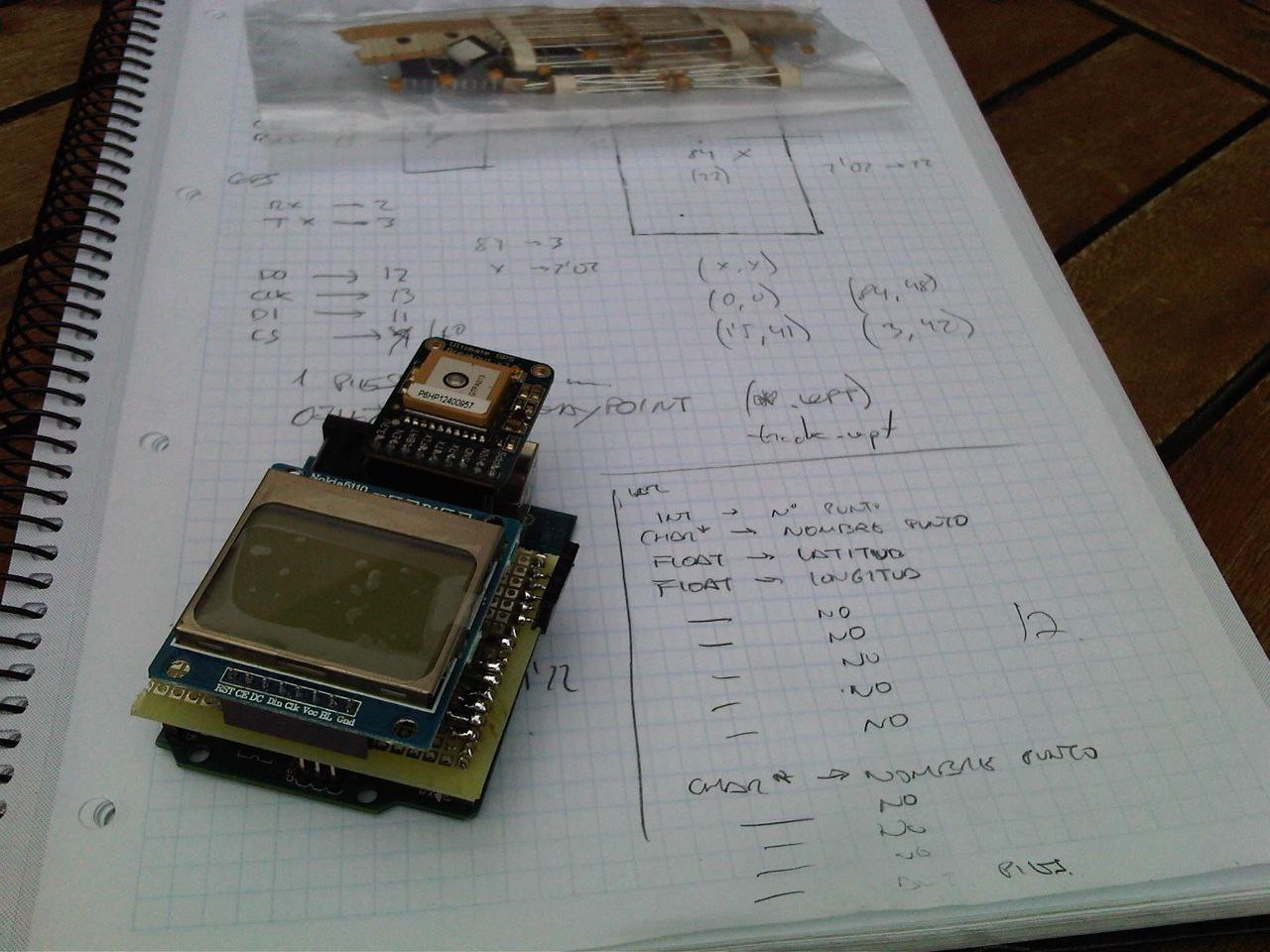 |
Step by step, I gained more knowledge in both hardware and programming, and I started adding features such as a graphical display, waypoint navigation, offline maps, and more.
I replaced the Atmega328 with an Atmega644, added an SD card, a compass, and a few other things, and everything was programmed from scratch. The initial project was evolving.
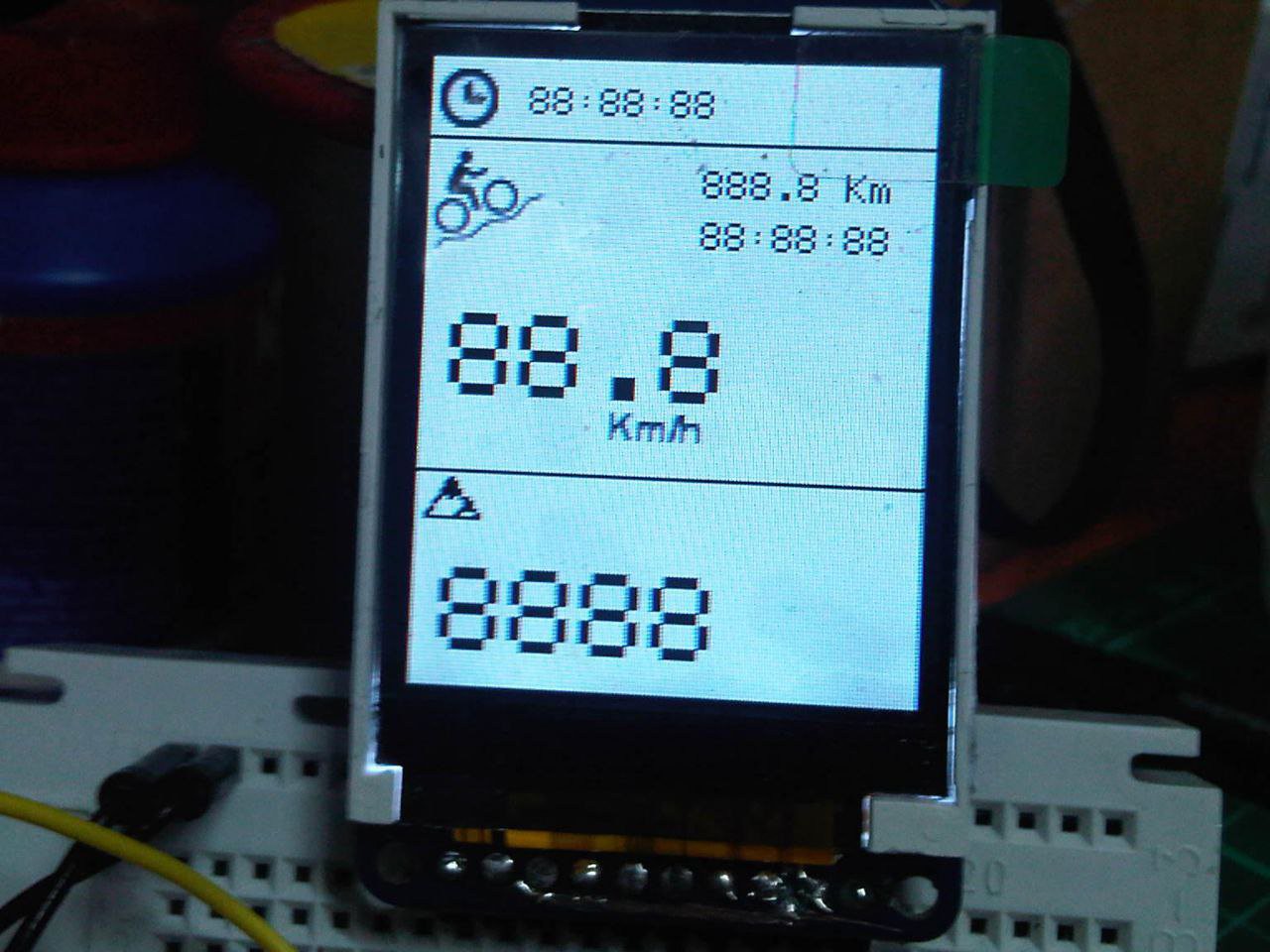 | 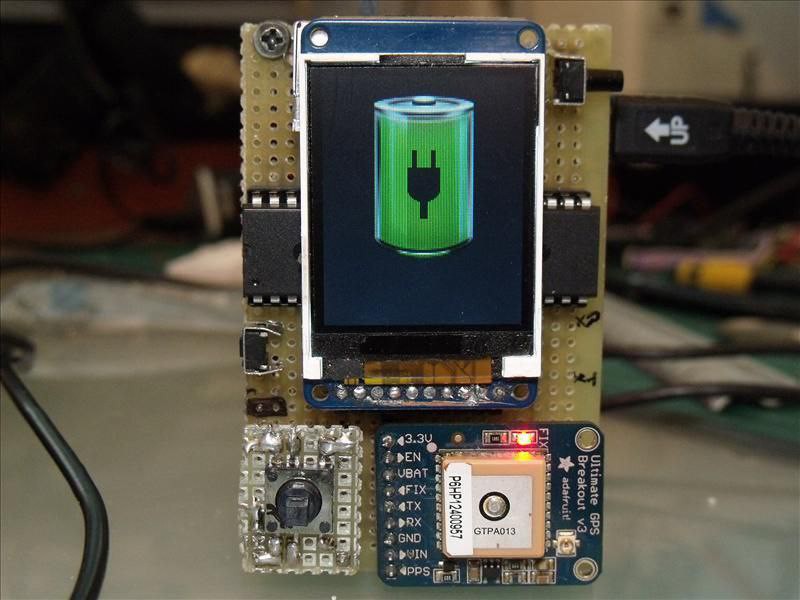 |
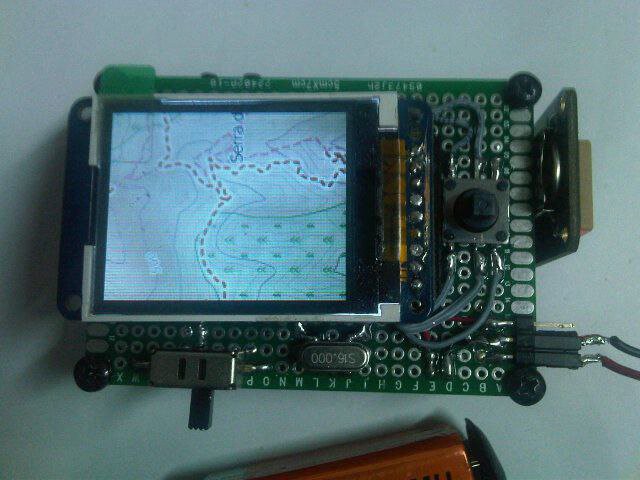 | 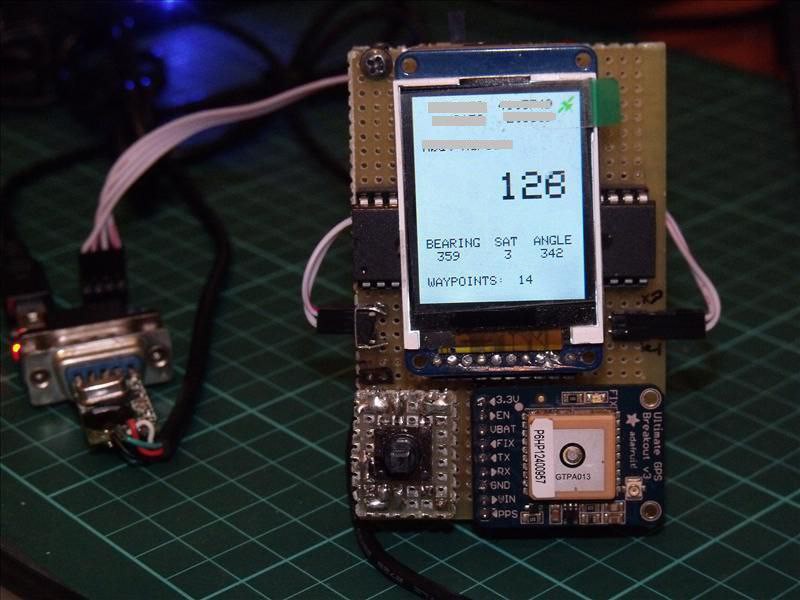 |
Time went by, but one year this project was left in a drawer and forgotten.
Currently
About a year ago, while talking with some friends, the topic of this project came up, which had been abandoned.
It was the moment to decide to return to it. I had gained more knowledge, and the hardware had evolved significantly over the past 10 years. The emergence of other microcontrollers, like the ESP32 (which I was already using in other projects), presented a new challenge for me.
With this, I rewrote all the code from scratch, and feeling motivated, I decided to publish the progress on GitHub.
The result today is what you can see on GitHub and on the current screenshots.
Currently, IceNav has the following hardware specifications:
- ESP32 / ESP32S3 (better with PSRAM)
- 320x480 or 320x240 TFT Colour with touch support (SPI / 16Bit Mode)
- Compass
- SD Card
There is still much to develop and features to add, as everything had to be programmed from scratch and the previous work was not usable.
This project is in constant development, with new features being added gradually. The new platform, ESP, allows for many new capabilities, being both efficient and practical.
The project, being in constant development, may have some bugs, etc., which are resolved as they are detected.
Please , visit GitHub Repository for updates
 Jordi Gauchía
Jordi Gauchía An AMOLED ESP32S3 16Mb Flash and 8Mb PSRAM, 450x600 screen resolution...., really it's very cool!!
An AMOLED ESP32S3 16Mb Flash and 8Mb PSRAM, 450x600 screen resolution...., really it's very cool!!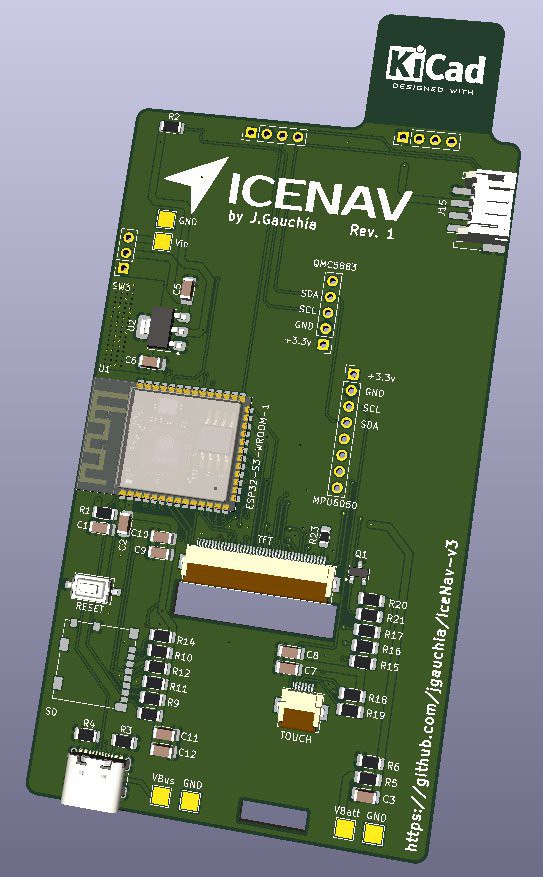
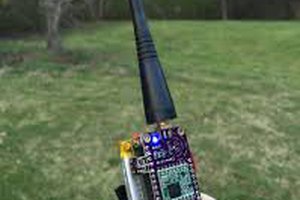
 Taiwo
Taiwo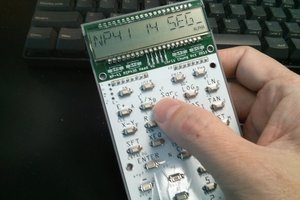
 Chris Chung
Chris Chung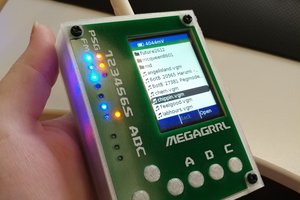
 natalie
natalie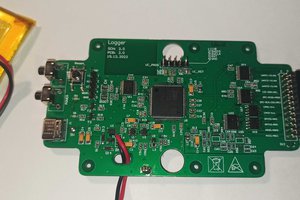
 Rafal Woloszyn
Rafal Woloszyn